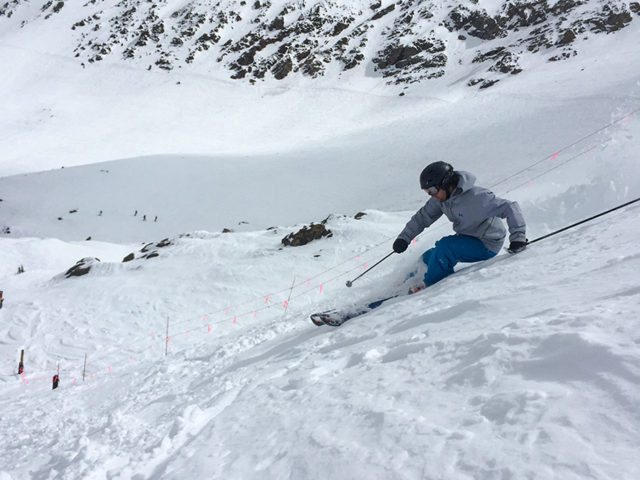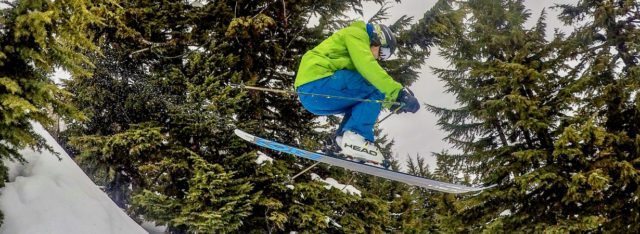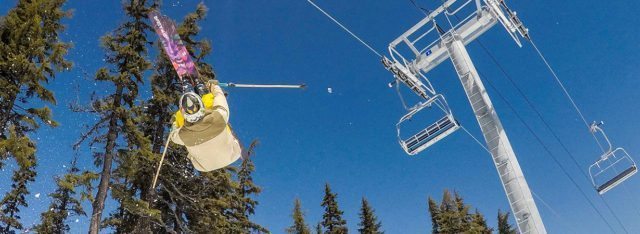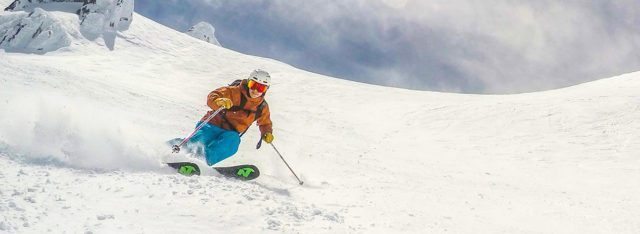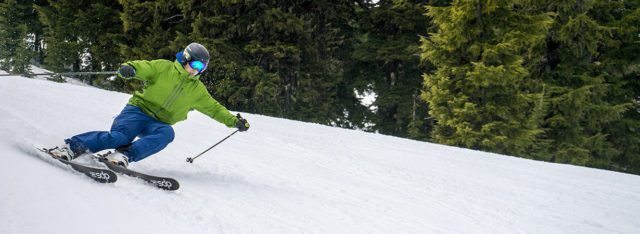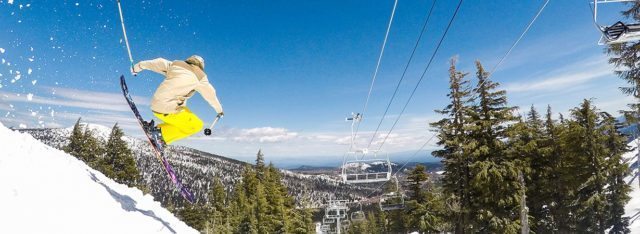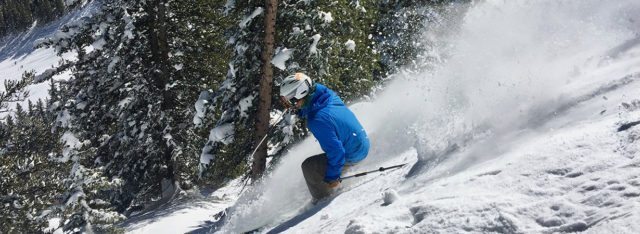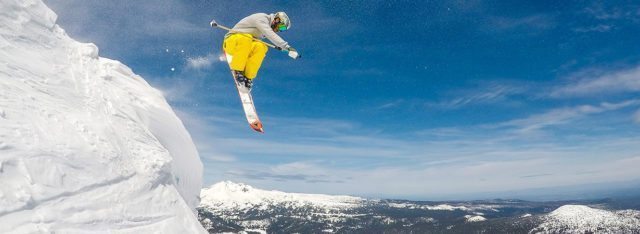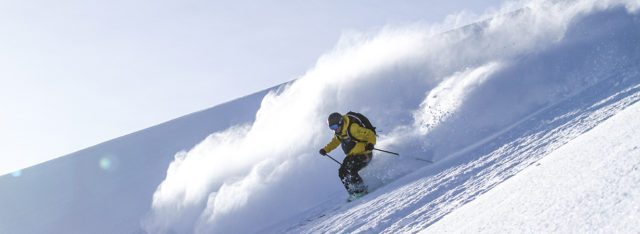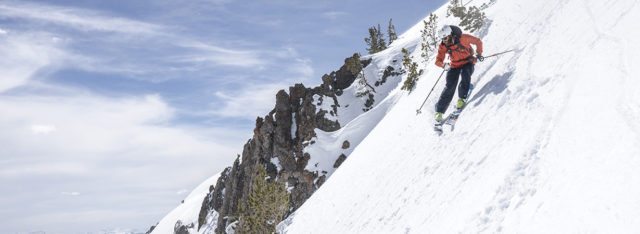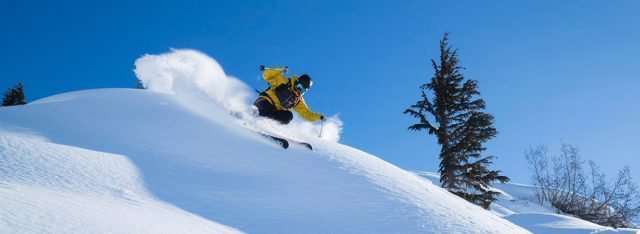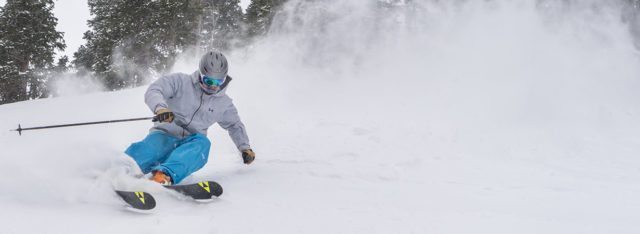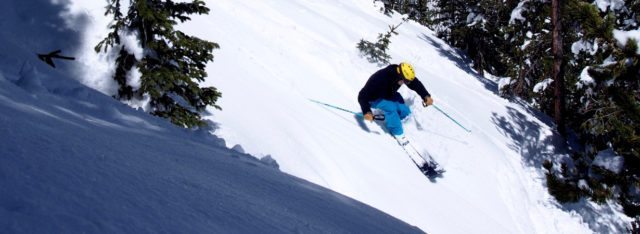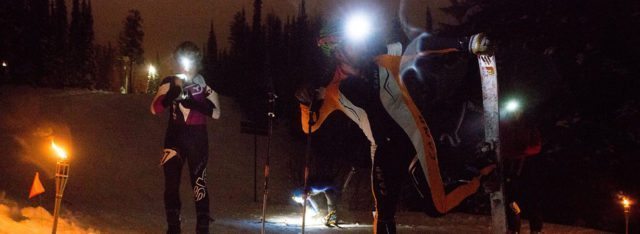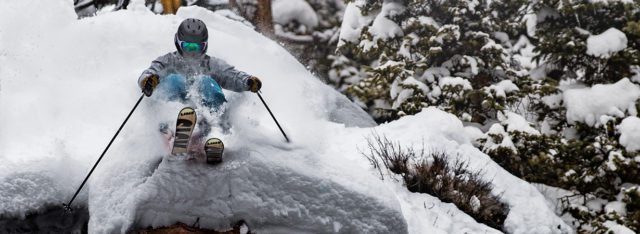Skiing
The Cochise has been one of the most important all-mountain skis on the market for years, and it comes back unchanged for 17/18. So it was time to take a fresh look at the ski, offer new comparisons, and see how the Cochise measures up today.
2020-2021 HEAD Raptor 140 RS
The HEAD Raptor 140 RS is one of our favorite ski boots we've ever used, and shouldn't be ruled out if you typically ski 130-flex boots.
2018-2019 Nordica Enforcer 110
We now have several days at Mt Bachelor on the new Nordica Enforcer 110, here's our initial review.
17/18 DPS Alchemist Wailer 112
We've been surprised so far by the versatility of the DPS Wailer A 112.
2021-2022 Nordica Strider Pro 130
The Nordica Strider Pro 130 joins a stacked category of alpine boots with a walk mode and tech fittings, so how does it perform?
Black Crows Corvus vs. Black Crows Atris
Black Crows Corvus vs. Black Crows Atris — what are the differences between these all-mountain skis, and which is the better option for you? Check out our review.
17/18 Atomic Backland FR 109
After our first day on the Atomic Backland FR 109 at Mt Bachelor we've got some initial impressions.
2019-2020 Liberty Origin Pro
The Liberty Schuster Pro is a fun and versatile powder ski that shouldn’t be overlooked by skiers looking for a more directional ride.
Roxa R3 130 T.I. Boot
Roxa’s new R3 130 T.I. may have flown a bit under the radar at the trade shows, but it has proven to be a capable boot
2018-2019 CAST Freetour System
With their Freetour System, CAST aims to meld no-compromise downhill performance with the uphill efficiency of a tech touring binding.
2020-2021 DPS Alchemist Lotus 124 Spoon
The Lotus Alchemist 124 Spoon has quickly become one of our favorite powder skis.
2018-2019 Icelantic Nomad 105 Lite
With the Nomad 105 Lite, Icelantic has created a versatile and playful but stable backcountry ski that lives up to its “free touring” moniker.
2017-2018 HEAD Kore 105
The HEAD Kore 105 is the lightest inbounds ski in this category that we've ever tested. Check out our initial review.
Moment Bibby Tour vs. Moment Bibby / Blister Pro
We’ve been skiing the Moment Blister Pro and Bibby Tour back-to-back. Here’s our comparison.
2018-2019 Fischer Ranger 108 Ti
The Fischer Ranger 108 Ti combines good float with very energetic carving abilities.
2020-2021 HEAD Kore 117
We’re getting time now on HEAD’s entire new KORE series, and here is our review of the fattest ski in the lineup: the KORE 117.
Pomoca Climb Pro Mohair Skins
The Pomoca Climb Pro Mohair skins offer a great mixture of grip and glide, as well as several other features that distinguish them from their North American counterparts.
2020-2021 Tecnica Cochise 130 Pro
We’ve put 30 more days in the Tecnica Cochise 130 Pro, so here is our long-term update on performance and durability.

